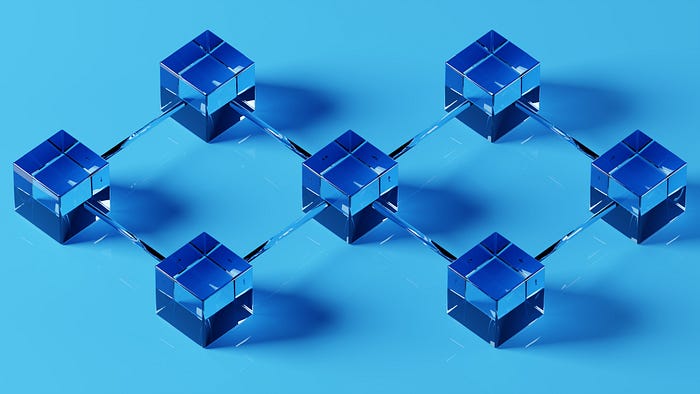Revolutionizing Digital Interaction: The Rise of Web3 Technology
Written on
Introduction to Web3
The technological landscape is continuously advancing, and blockchain technology is leading this transformation. The Ethereum blockchain has significantly impacted this evolution, introducing Web3—a groundbreaking internet protocol that aims to redefine our digital interactions. This article delves into the essence of Web3, its differences from traditional web paradigms, and its transformative potential.
What is Web3?
Web3, often referred to as the decentralized web, is an innovative internet protocol that utilizes blockchain technology, enabling users to engage with applications and digital assets directly, eliminating the need for intermediaries. This framework offers a secure, decentralized platform where developers can design and deploy applications that function on a peer-to-peer network.
Differences Between Web3 and Traditional Web
The conventional web, or Web2, relies on a central authority to oversee and manage user data. This authority is tasked with verifying transactions, safeguarding user data, and ensuring security. In contrast, Web3 operates without a central governing body. Instead, it is maintained by a network of nodes—computers that collaborate to uphold the integrity of the system.
One of the most notable distinctions between Web3 and its predecessor is the enhanced control users have over their data. In the Web3 environment, individuals fully manage their information, deciding what to share and with whom. This shift leads to increased privacy and security, as users' data is not stored on a centralized server vulnerable to breaches.
How Web3 Functions
Web3 is constructed on the Ethereum blockchain, a decentralized platform that facilitates the creation of decentralized applications (dApps). These dApps leverage smart contracts—self-executing agreements that enforce the network's rules. When users engage with a dApp, the corresponding smart contract automatically carries out the agreed actions.
A critical aspect of Web3 is the use of cryptocurrencies, like Ether (ETH), for value exchange within the network. This enables secure and transparent transactions without intermediaries such as banks.
The Vast Potential of Web3
The possibilities offered by Web3 are extensive and impactful. Its decentralized architecture has the capacity to transform various sectors, including finance, healthcare, and education.
In finance, Web3 can potentially disrupt traditional banking by granting users greater control over their assets and transactions. It enables direct peer-to-peer transactions, which can lower costs and accelerate processing times.
In healthcare, Web3 can reshape the management and sharing of patient data. The decentralized framework allows for secure storage and transmission of patient information among healthcare providers without the need for a central governing body. This can enhance patient outcomes by providing healthcare professionals with comprehensive and accurate data.
In summary, Web3 represents a new internet protocol that could fundamentally alter our world. Its decentralized structure holds the promise to revolutionize multiple industries, from finance to healthcare and beyond.
Join the Movement
Stay updated on the latest developments in Web3 and beyond! Subscribe for more insights and articles.

Chapter 1: Understanding Web3
This video discusses how Web3 empowers individuals and the future of decentralized applications.
Chapter 2: The Next Generation of Decentralized Applications
Explore how Solana is paving the way for the next generation of decentralized applications and its implications for the future.